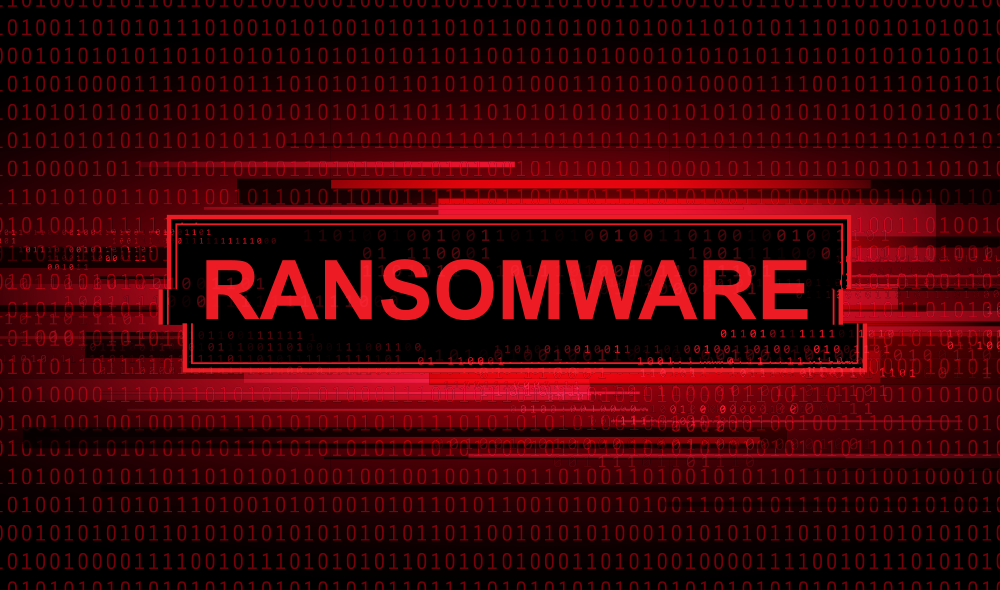For years, the cybersecurity community has framed the ransomware defense around a simple premise: robust, tested backups are the silver bullet. The logic was sound—if an organization can restore its encrypted data, the leverage of the attacker’s decryption key is nullified. By 2024, however, this paradigm is dangerously obsolete. Sophisticated threat actors no longer view encryption as their primary payload; it is merely one tool in a multi-pronged strategy of post-encryption coercion.
The modern ransomware attack is not simply a technical problem of file unavailability. It is a calculated business extortion scheme where the true leverage is not the decryption key, but the exfiltrated data and the psychological pressure that can be applied to the victim organization. This evolution demands a fundamental shift in how we assess and mitigate the risk.
The Anatomy of Modern Coercion Tactics
Assuming a breach has occurred and data has been both encrypted and exfiltrated, the attacker’s campaign has only just begun. The following coercion tactics are now standard procedure for top-tier ransomware gangs, designed to make paying the ransom seem like the most logical path, even with perfect backups.
1. Regulatory and Legal Weaponization Threat actors are no longer just criminals; they are students of international law and regulation. An attacker targeting a healthcare provider will explicitly mention HIPAA breach notification laws and potential fines in their ransom note. For a company handling European data, they will cite GDPR and the risk of a 4% global turnover penalty. They weaponize the victim’s own legal obligations, reframing the ransom as a cheaper, quieter alternative to guaranteed regulatory scrutiny and multi-million-dollar fines.
2. Direct Stakeholder Harassment (Triple Extortion) The concept of “double extortion” (threatening to leak stolen data) is now table stakes. The new frontier is harassing the victim’s ecosystem.
- For a law firm: Attackers will threaten to email every client whose confidential case files have been stolen.
- For a school district: They will threaten to contact parents with the stolen personal information of their children.
- For a manufacturer: They will contact key B2B clients and partners, informing them that their proprietary designs and contracts are about to be leaked. This tactic is designed to create overwhelming operational and reputational pressure from outside the organization, forcing the leadership’s hand.
3. Infrastructure Disruption and Sabotage While the victim organization is struggling to restore from backups—a process that can take days or weeks—attackers will often launch secondary attacks. They may initiate a large-scale DDoS (Distributed Denial-of-Service) attack against the company’s public-facing website or customer portals. This compounds the chaos, hampers recovery efforts, and further damages the company’s reputation, making a quick ransom payment to “make it all go away” seem increasingly attractive.
The CISO’s Dilemma: A Shift from Technical Recovery to Business Extortion
This evolution of tactics fundamentally changes the incident response calculus. The decision is no longer a simple IT question of “Can we restore the data?” but a complex C-suite dilemma:
- Can the business survive the reputational damage of a public data leak and direct customer harassment?
- Is the potential regulatory fine for a publicly disclosed breach greater than the ransom demand?
- Can the company withstand a prolonged period of operational disruption from secondary attacks during a lengthy recovery process?
Threat actors have successfully shifted the crisis from a technical recovery problem to a business extortion problem. They are not selling a key; they are selling silence and a return to normalcy.
Evolving the Defense: Mitigating Coercion, Not Just Encryption
Given that attackers now assume you have backups, defensive strategies must mature to address the real threat of data exfiltration and coercion.
- Prioritize Anti-Exfiltration Controls: The primary goal must be to prevent data from leaving the network. This requires a renewed focus on Data Loss Prevention (DLP) solutions, strict egress traffic filtering, and network micro-segmentation to make it harder for attackers to move laterally and aggregate data for theft.
- Develop a Crisis Communications and Extortion Plan: Your incident response plan is incomplete if it only covers technical recovery. It must include a pre-approved communications strategy for notifying customers, partners, and regulators. Running tabletop exercises that simulate not just the system outage but the public relations crisis and extortion negotiation is critical.
- Implement Dark Web Monitoring: Proactively monitor dark web marketplaces and leak sites for mentions of your company’s name, domains, or compromised data. This can provide an early warning that exfiltrated data is about to be used as leverage, giving you time to get ahead of the attacker’s threats.
In conclusion, to label ransomware as the biggest threat of 2024 is to understand that the term itself is almost a misnomer. The threat is extortion, and encryption is just one of many tools used to achieve it. As long as organizations focus their defenses solely on the availability of their data, they will remain vulnerable to attackers who have already moved on to a more lucrative endgame: the weaponization of the data itself.

Welcome to My Blog
Stay updated with expert insights, advice, and stories. Discover valuable content to keep you informed, inspired, and engaged with the latest trends and ideas.





Leave a Reply